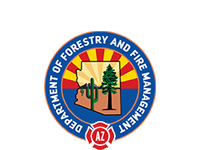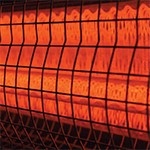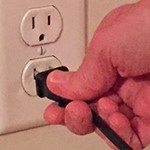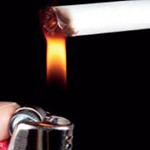Fire Prevention
2024 Fire Prevention Week
"Smoke Alarms: Make them Work for You": October 6-12, 2024
This year’s Fire Prevention Week™ (FPW™) campaign, “Smoke Alarms: Make them Work for You™,” strives to educate everyone about the importance of having working smoke alarms in the home.
Did you know? You should Install smoke alarms in every bedroom, outside each separate sleeping area (like a hallway), and on each level (including the basement) of the home. Test them monthly and change out the batteries two times a year. A good rule of thumb (while Arizona doesn't observe daylight savings time) is to change out the batteries during those times each year.
About Fire Prevention Week
Since 1922, the NFPA has sponsored the public observance of Fire Prevention Week. In 1925, President Calvin Coolidge proclaimed Fire Prevention Week a national observance, making it the longest-running public health observance in our country. During Fire Prevention Week, children, adults, and teachers learn how to stay safe in case of a fire. Firefighters provide lifesaving public education in an effort to drastically decrease casualties caused by fires.
Fire Prevention Week is observed each year during the week of October 9th in commemoration of the Great Chicago Fire, which began on October 8, 1871, and caused devastating damage. This horrific conflagration killed more than 250 people, left 100,000 homeless, destroyed more than 17,400 structures, and burned more than 2,000 acres of land.
Importance of fire prevention video
Prevention & Preparedness
Plan now for emergencies to protect yourself and your family before disaster strikes. Remember: safety is a shared responsibility. Below you will find tips to help you prepare:
-
Emergency Supplies Kit Checklist
-
Create Your Family Emergency Communication Plan
-
Home Fire Escape Plan
-
Emergency Supply Checklist
-
Kids Smoke Alarm Calendar
-
Fire Inspection Checklist for Kids
-
Article: How and When to Teach Your Child to Dial 911
-
Home Fires: Before, During and After
Home Safety
Below you will find safety tips on a variety of topics relating to safety in the home:
-
9-volt batteries
-
CFL Light Bulbs
-
Clothes Dryers
-
Lithium Ion Batteries
-
Microwave Ovens
-
Home Safety for People with Disabilites
-
Smoke Alarms for Deaf and Hard of Hearing
-
Surge Protector and Power Strip Safety
-
Pet Fire Safety Tips
-
Take Action Pet Safety Tips
-
Smoke Alarms at Home
-
Carbon Monoxide Safety
-
Fire Alarms in Apartment Buildings
-
Highly Flammable Plant List
-
Hoarding Safety Tips
-
Outdoor Electrical Safety
-
Smoking and Home Fire Safety
-
Electrical safety around swimming pools, hot tubs and spas
-
Grilling Fire Safety
-
Summertime Burn Safety
Seasonal
Just for Kids
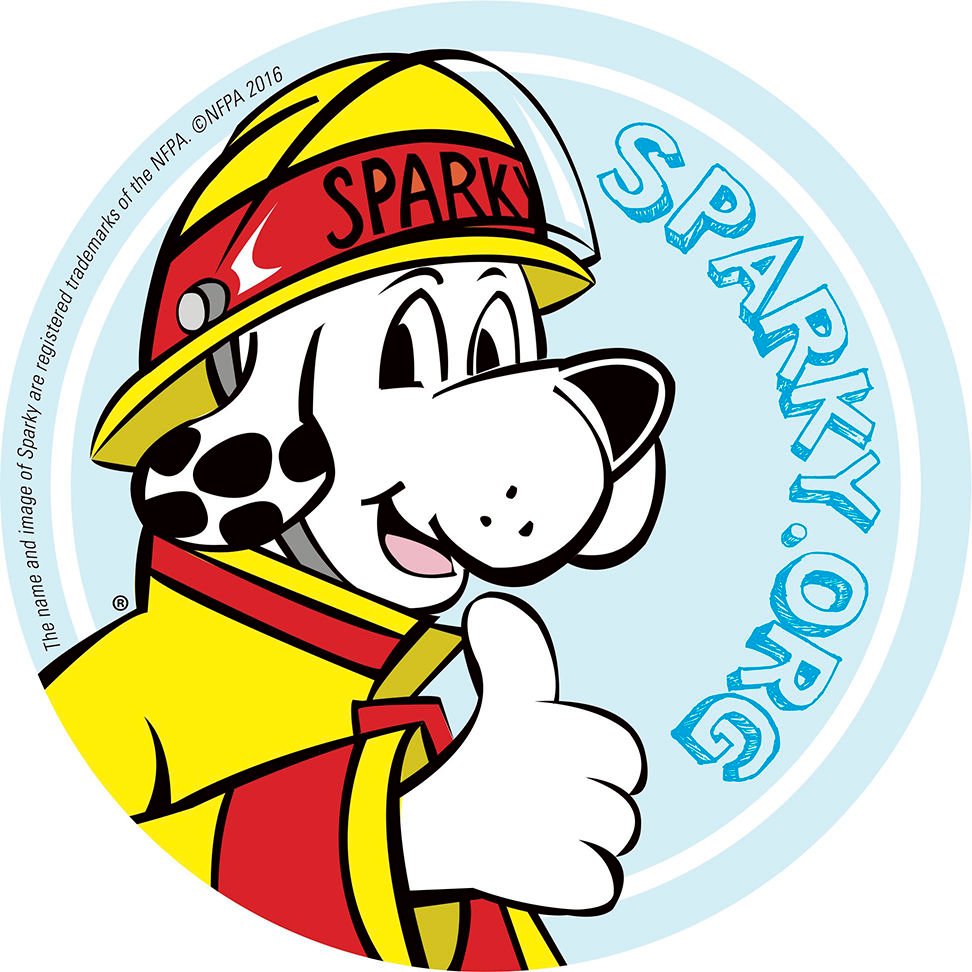 |
 |
|
Sparky the Fire Dog: Games, Videos, Activities OSFM Favorites: |
Arizona Burn Foundation: Milo & Moxie Safety Rangers OSFM Favorites: |
